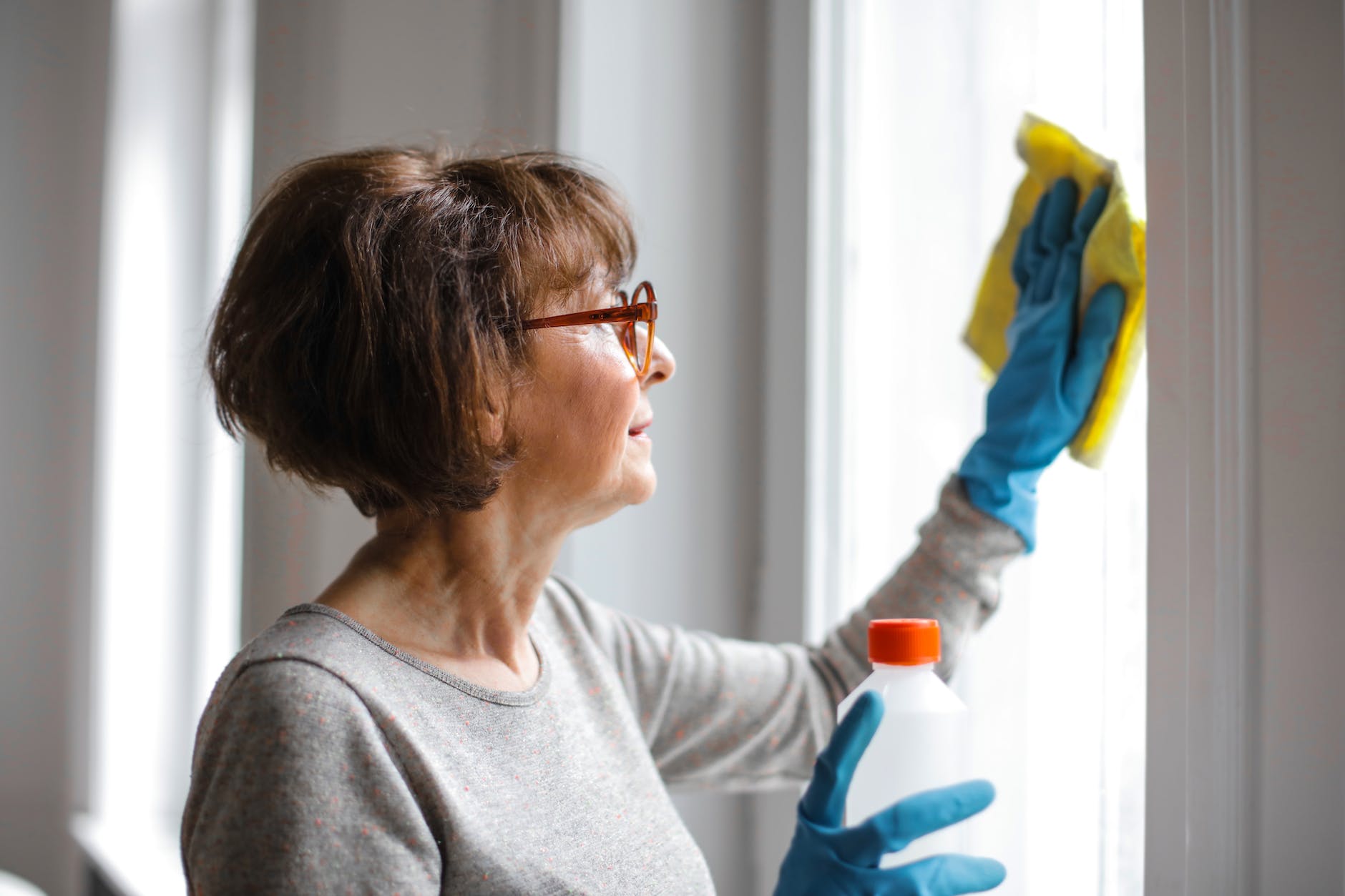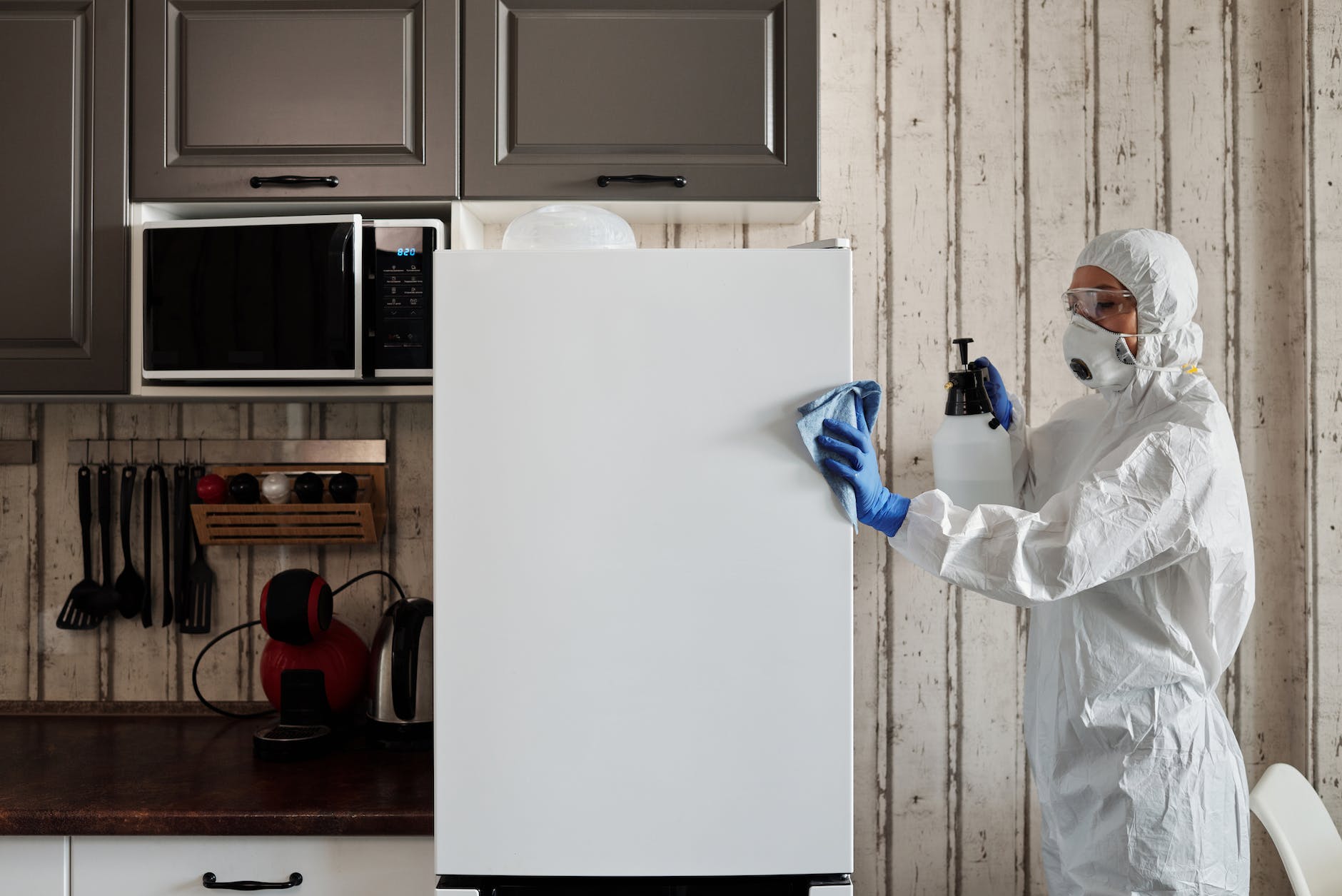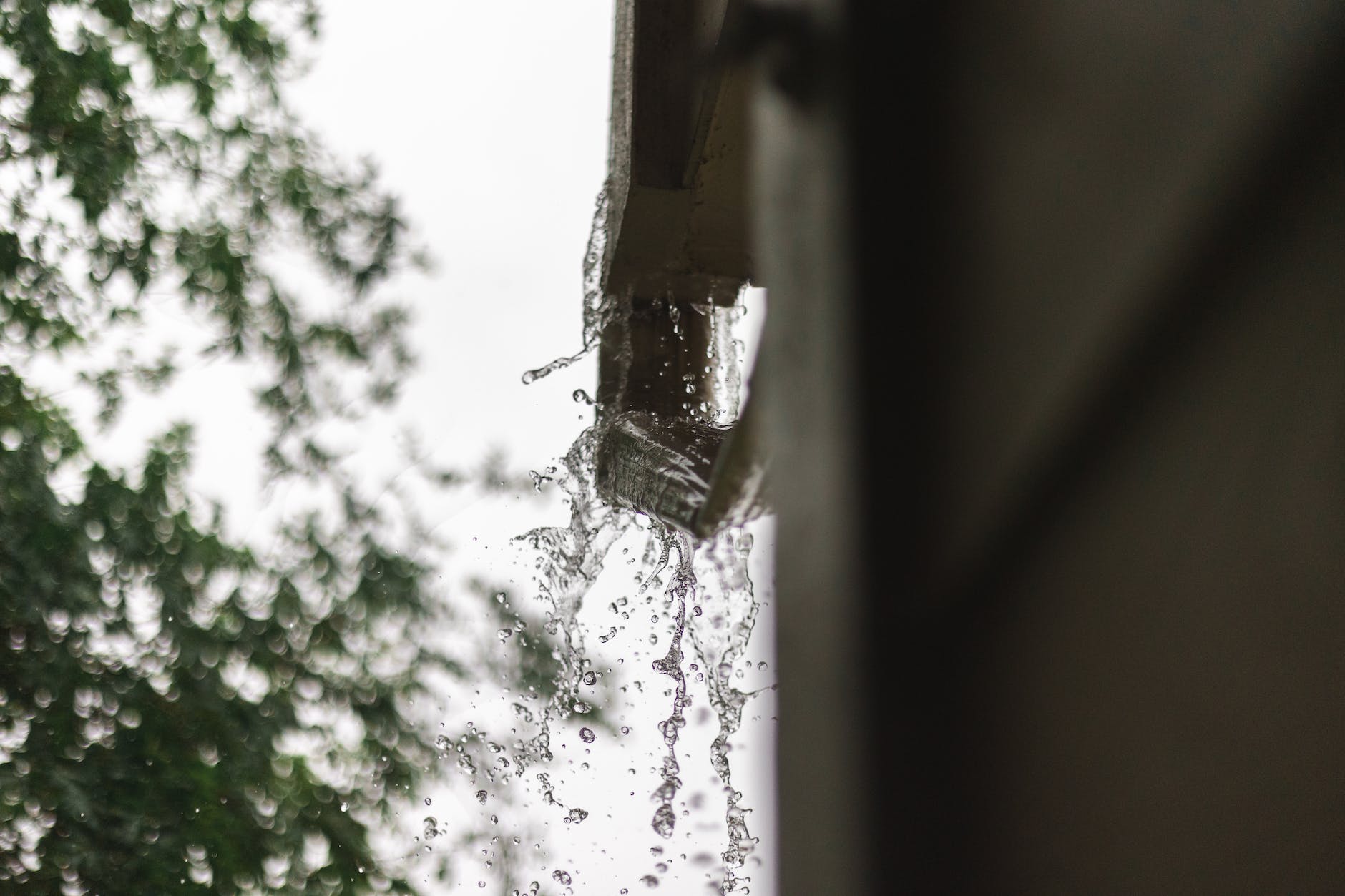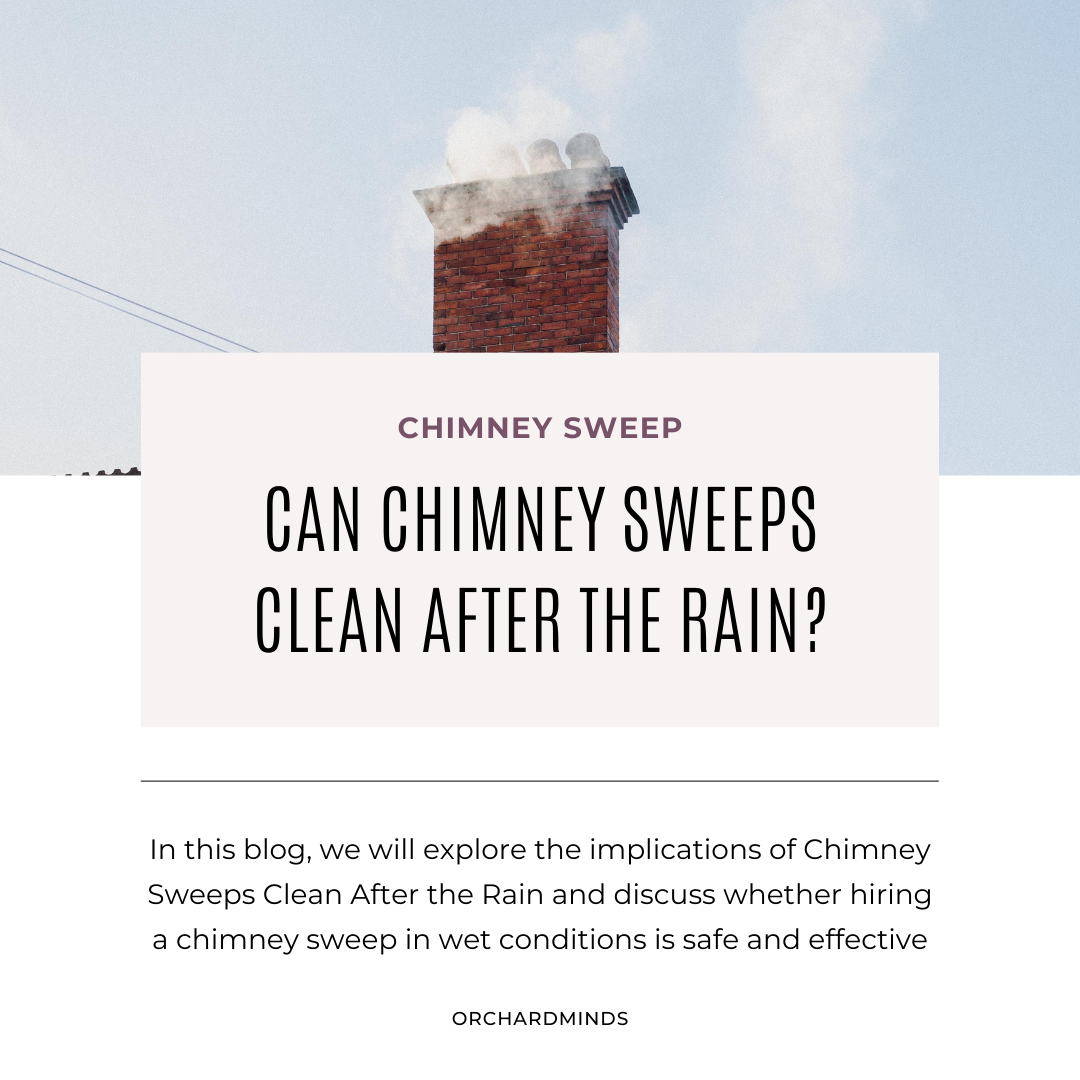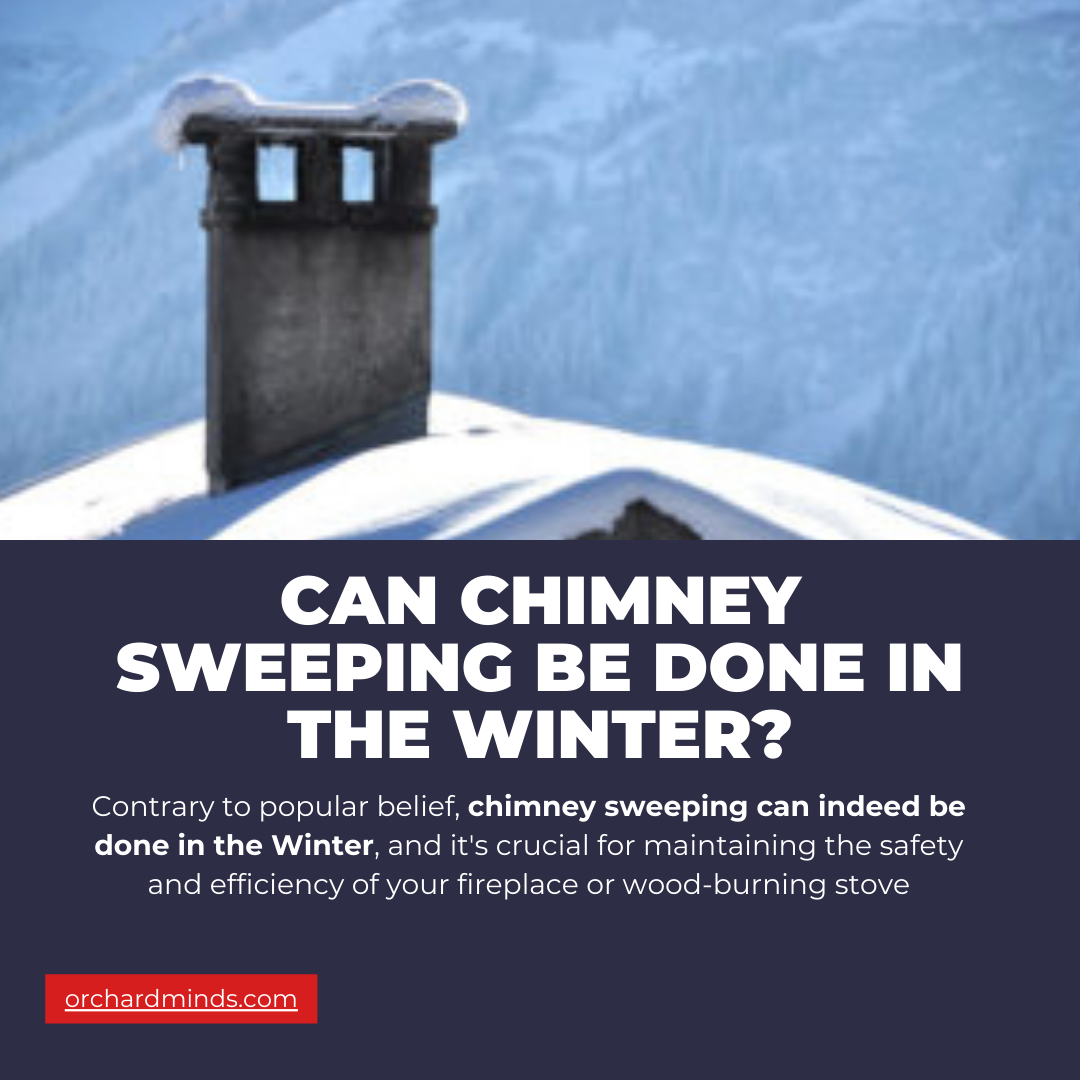Does a dirty chimney cause bugs ? Yes, a dirty chimney can attract bugs, creating an environment conducive to infestations. Accumulating debris, creosote, and soot inside an unmaintained chimney provides an ideal insect nesting ground. Moisture retention in the debris can make the chimney a welcoming habitat for bugs seeking shelter.
Some pests are drawn to the distinct odor of creosote, making a dirty chimney even more appealing to them. Wood-boring insects, such as beetles and termites, may view the accumulated debris as a potential food source, posing a threat to the chimney’s structural integrity. To prevent bug infestations, regular chimney inspections, cleanings, and the installation of chimney caps are essential to maintain a clean and pest-resistant environment in your home.
The Moisture Magnet: How a Dirty Chimney Attracts Bugs
A dirty chimney can inadvertently become a haven for various pests, attracting them through a combination of factors. One key contributor is the moisture that accumulates in the debris, creosote, and soot within the chimney. This damp environment becomes an inviting shelter for bugs seeking refuge and a suitable habitat for nesting.
Additionally, the decaying organic material in a neglected chimney provides an ideal source of sustenance for certain insects. The distinctive odor of creosote, appreciated by humans as the comforting scent of a fireplace, can act as a beacon for pests, drawing them to the chimney. Wood-boring insects, including beetles and termites, may see the accumulated debris as a potential food source, posing a dual threat by attracting pests and compromising the chimney’s structural integrity. To deter bug infestations, proactive measures such as regular chimney inspections, thorough cleanings, and the installation of chimney caps are crucial to maintain a clean and pest-resistant environment in the home.
Bugs Find Shelter in a Neglected Chimney
A neglected chimney can inadvertently become a prime shelter for various bugs, creating an environment conducive to infestations. One of the primary factors is the accumulation of debris, creosote, and soot within the chimney, providing an ideal nesting ground for insects seeking refuge. The moisture content in this debris adds to the appeal, offering bugs a damp and sheltered habitat. Certain pests, particularly those attracted to decaying organic matter, view a neglected chimney as an attractive location for nesting and reproduction.
The unique scent of creosote, a byproduct of burning wood, can act as a lure, drawing insects towards the chimney. Wood-boring bugs, such as beetles and termites, may perceive the amassed debris as a potential food source, posing a dual threat by attracting pests and compromising the chimney’s structural integrity. Regular chimney inspections and cleanings are imperative to mitigate these issues, not only for preventing fire hazards but also for maintaining a clean and pest-resistant environment in the home. Installing chimney caps further serves as a protective barrier against bug entry, ensuring the longevity and safety of the chimney structure.
Creosote Scent: The Unseen Invitation for Insects
The distinct scent of creosote, often cherished for its association with a crackling fire, can unwittingly become an unseen invitation for insects to a neglected chimney. Creosote, a byproduct of burning wood, releases a strong and distinctive odor that can attract various bugs. Insects are naturally drawn to scents, and creosote’s rich, earthy fragrance can act as a beacon, luring pests toward the chimney. This scent becomes particularly enticing for bugs seeking shelter or a nesting site. Regular chimney inspections and cleanings are essential for reducing the risk of fire hazards associated with creosote buildup and mitigating the inadvertent attraction of insects to the chimney’s alluring aroma.
Debris Buffet: How Dirty Chimneys Serve as Bug Feeding Grounds
Dirty chimneys unintentionally transform into bug-feeding grounds, offering a buffet of debris that becomes an enticing food source for various pests. The accumulation of creosote, soot, and other organic material within neglected chimneys creates an environment where insects, particularly wood-boring beetles and termites, find nourishment. These pests feed on the decaying wood and organic matter in the debris, posing a dual threat by compromising the chimney’s structural integrity and contributing to bug infestations. Regular chimney inspections and cleanings are crucial not only for preventing fire hazards associated with debris buildup but also for deterring pests and maintaining the overall health and functionality of the chimney structure.
Preventing Infestations: The Importance of Regular Chimney Maintenance
Regular chimney maintenance is pivotal in preventing bug infestations and ensuring the overall health of a home’s heating system. By conducting routine inspections and cleanings, homeowners can eliminate the accumulation of debris, creosote, and soot within the chimney, reducing the appeal of this environment to pests. Addressing potential issues promptly, such as sealing entry points and installing chimney caps, is a proactive measure against bug invasions. Timely maintenance not only enhances the safety and efficiency of the chimney but also mitigates the risk of structural damage caused by wood-boring insects. In essence, prioritizing regular chimney care is essential in creating a clean, pest-resistant environment within the home.
Chimney Caps: A Bug Barrier for Your Home
Chimney caps act as a formidable bug barrier, serving as a protective shield for your home against unwanted insect intrusions. These caps are specifically designed to cover the top of the chimney, creating a barrier that prevents bugs, birds, and other pests from entering. By installing a chimney cap, homeowners can effectively block access points that bugs might exploit, such as gaps and openings in the chimney structure. Beyond pest prevention, chimney caps offer additional benefits, including inhibiting debris buildup, minimizing downdrafts, and preventing rainwater from entering the chimney. Investing in a chimney cap becomes a proactive measure to maintain a clean, pest-resistant, and structurally sound chimney, enhancing the overall safety and functionality of the home.
Wood-Boring Pests: The Threat to Your Chimney Structure
Wood-boring pests pose a significant threat to your chimney’s structural integrity, especially when the structure is neglected or dirty. Beetles, termites, and other wood-boring insects are attracted to the decaying wood and organic matter in a chimney’s debris, creosote, and soot. As these pests burrow into the wood, they can compromise the chimney’s stability, leading to potential structural damage. Regular chimney inspections and cleanings are essential for preventing debris buildup and deterring wood-boring pests, ensuring the longevity and safety of the chimney structure. Timely intervention by certified professionals is crucial to address any infestations and protect the chimney’s integrity.
Sealing the Gaps: Keeping Bugs Out of Your Chimney
Sealing the gaps in your chimney is crucial in keeping bugs at bay and maintaining a pest-free home. Gaps or cracks in the chimney structure can serve as entry points for insects, providing them easy access to the interior. By sealing these openings, you create a protective barrier that prevents bugs, including beetles, ants, and wasps, from infiltrating your chimney and potentially nesting within. Regular inspections to identify and promptly seal any gaps, combined with routine chimney maintenance, contribute to a more secure and bug-resistant environment, ensuring the longevity and functionality of your chimney.
Professional Solutions: Addressing Bug Infestations in Dirty Chimneys
Addressing bug infestations in dirty chimneys requires professional solutions to ensure effective removal and prevention. Certified chimney sweeps are equipped with the expertise to identify the type of pests present, the extent of the infestation, and the specific conditions contributing to the problem. Professional pest control measures may include the safe removal of nests, treatment for insect infestations, and recommendations for preventative measures. Additionally, these experts can conduct thorough chimney cleanings to eliminate the debris and organic material that attract and sustain bugs. Collaborating with professionals ensures a comprehensive approach to bug infestations, promoting the long-term health and functionality of the chimney while safeguarding the home from potential structural damage and health risks associated with pests.
Maintaining a Bug-Free Home: Strategies for Chimney Health
Maintaining a bug-free home involves strategic measures to ensure the health of your chimney. Regular chimney inspections, thorough cleanings, and installation of chimney caps are essential to a comprehensive strategy. Routine inspections by certified professionals identify and address potential issues, preventing the accumulation of debris, creosote, and soot that can attract pests. Thorough cleanings remove buildup, reducing the risk of bug infestations and fire hazards. Installing chimney caps acts as a protective barrier, preventing insects and other pests from entering the chimney while allowing for proper ventilation. By adopting these strategies, homeowners can promote a clean and pest-resistant chimney, contributing to a healthier and safer living environment.
